Travelling through the North of Morocco, I took the measure of the Spanish influence of Morocco. Spanish is still widely spoken in places like Tangier, Chefchaouen and Tetouan, which was a surprise to me… But there is an even bigger remnant of Spanish influence in Morocco. Believe it or not, there are islands or rock-fortresses gently nestled against the Mediterranean Coast where the Spanish flag still flies. It’s been like this since the 15th Century and is a serious point of contention between the two nations. You can’t actually visit them but here are a few tips on how to get close to the controversial Spanish Islands of Morocco.
The Moroccan government disputes the ownership of the Spanish enclaves of Ceuta and Melilla. Whilst they are now autonomous territories, they have a diverse population and are like a small Spanish province in Africa. The controversial Spanish Islands of Morocco, however, are merely military outposts and a somewhat touchy subject for the proud Moroccan people. Named peñon in Spanish, or rock-fortresses, they are a fascinating and little-known secret:
- Peñon Velez de la Gomerra
- Peñon de Alhucemas
- Chafarinas Islands
Table of Contents
Peñon Velez de la Gomerra
The Peñon Velez de la Gomerra is located near Cala Iris, a charming fishing village on the Mediterranean Coast. While staying in Chefchaouen, my father and I took a road trip through the Rif Mountains and went searching for this mysterious island. The village of Torres de Alcala was known in Ancient Times as Bades. In 1496, an agreement was signed between Portugal and Spain to establish their zones of influence in North Africa. Spain could only occupy land east of the peñon. Since then, the peñon has been under siege many times throughout the ages, up to the end of the 18th Century.
Today, the peñon or rock-fortress connects to the Moroccan coast by a sandy isthmus. The isthmus is 85m long and is the world’s shortest single land border segment. It wasn’t always like this, the rock was indeed an island until 1934 when a huge storm washed large quantities of sand, therefore linking to the coast.
Torres de Alcala
Access to the peñon is not easy and there are no directions anywhere, so some of the Spanish islands of Morocco can be hard to find. The whole thing is politically sensitive and there aren’t many tourists in the area. This could change, however, as Cala Iris is getting some development and the neighbouring 13th century Almohad fort is being restored.
We had an interesting conversation with the engineer in charge of the project and it seems that the European Union is funding some development projects in order to steer the local population away from cultivating marijuana…
How to Find the Peñon Velez de la Gomerra
The peñon is not quite visible from Cala Iris or Torres de Alcala and you really have to search for it. So here’s the secret, at the back of the village of Torres de Alcala, if you turn your back to the coast, there is a dirt road that climbs on the side of the mountain. The dirt road clings to the mountain and turns into a rocky road. If you drive 5 km along the side of the mountain, you will come into the most extraordinary sight: the most secretive Spanish island of Morocco. The road effectively stops and you are at a viewpoint that overlooks the Peñon Velez de la Gomerra. The sight is absolutely stunning and is probably my favourite and most extraordinary discovery on my trip to the North of Morocco…
The rock-fortress is mostly built-up with white buildings, some streets and a helicopter pad… Only soldiers live there and you can’t access the island from the beach. In 2012, Moroccan activists from the Committee for the Liberation of Ceuta and Melilla placed Moroccan flags on the rock and were arrested by Spanish soldiers. The soldiers released them quickly of course, but this gives you an idea of how sensitive this issue is…
The Rock Fortress
The road is beautiful but dangerous. Indeed, the engineer we met suggested it was only suitable for 4×4 vehicles. Of course, coming so close to the Peñon and giving up wasn’t an option for my ever-daring father so we pushed on… On a dry day, we managed well and very carefully in a small car, but I have to admit I was absolutely terrified. I love a good road trip but some of these Moroccan roads are really scary! I’m fine with driving in Morocco but I really wouldn’t recommend this road on a wet day…
In the end, it was absolutely worth it. We discovered a well-kept secret of the Moroccan Coast and there we were, looking at a small piece of Spain… The rock-fortress seems to have been forgotten in time. Why Spain holds on to it, I don’t know… This situation probably won’t last forever so if you are driving along the Mediterranean Coast, go and have a look…
Peñon de Alhucemas
The Peñon de Alhucemas is east of Al-Hoceima, also on the Mediterranean Coast. It is really an archipelago of three islands: Peñon de Alhucemas, Isla de Mar and Isla de Tierra. The penon and islets have been under Spanish rule since 1559 when the Saadi dynasty ceded the islands to Spain in exchange for their help against the Ottoman armies.
The name of the rock-fortress actually means Lavender Rock. As for the other controversial Spanish Islands of Morocco, there is an ownership dispute since the independence in 1956.
Chafarinas Islands
Also known as Islas Chafarinas in Spanish or Iles Zaffarines in French, these are one more archipelago of three small islands, 46 km south-east of Melilla. Visible from the Moroccan village of Ras El Ma, the two smaller islets have no inhabitants and the Spanish have been ruling them since 1848. However, some building works began in September 2017.
Today, there is a military base on Queen Isabel II Island, with some 200 military personnel and coast guards. And for good measure, a few meteorologists and scientists visit from time to time.
Mysterious Spanish Islands
These controversial Spanish islands of Morocco are a reasonably well-kept secret. Along with the Spanish enclaves, they offer a very different side of Morocco and an intriguing historical point.
Did you ever get the chance to catch a sight of the controversial Spanish islands of Morocco? Would you make it a reason to travel to Morocco? Tell me about your experience in the comments below.
For more Morocco inspiration, check out my Morocco packing list and my 20 things to know before travelling to Morocco. And after all this road tripping, you are going to Marrakech and Essaouira for some shopping, I have some great tips for s
Related Posts
Spanish Enclaves in Morocco
Things to do in Tangier
Tetouan Morocco
Save these Spanish Islands in Morocco on Pinterest!
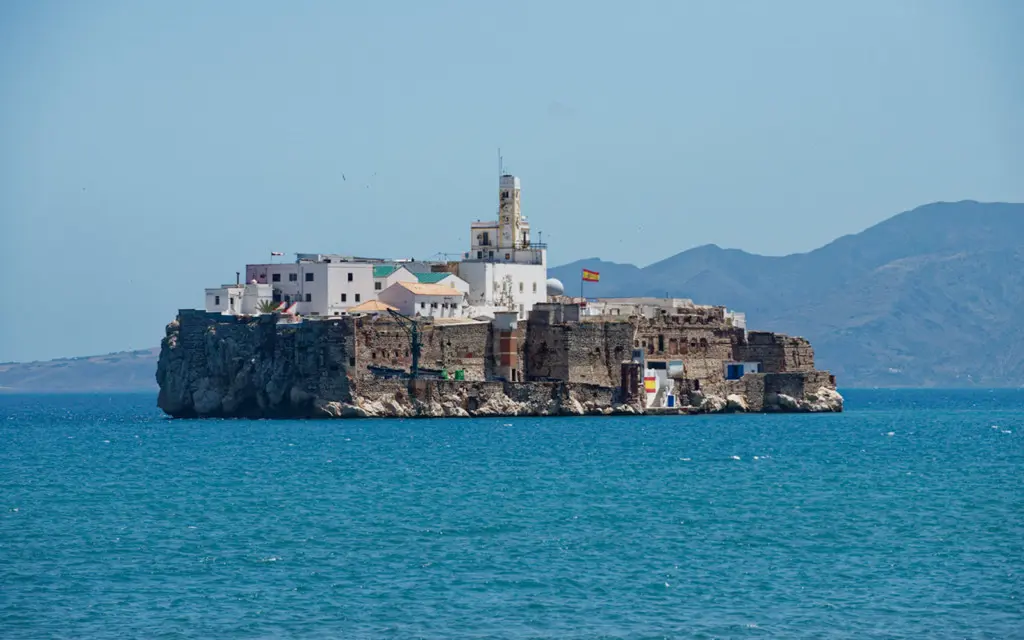
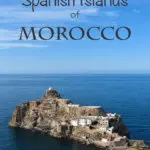
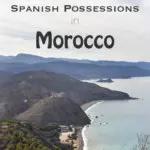

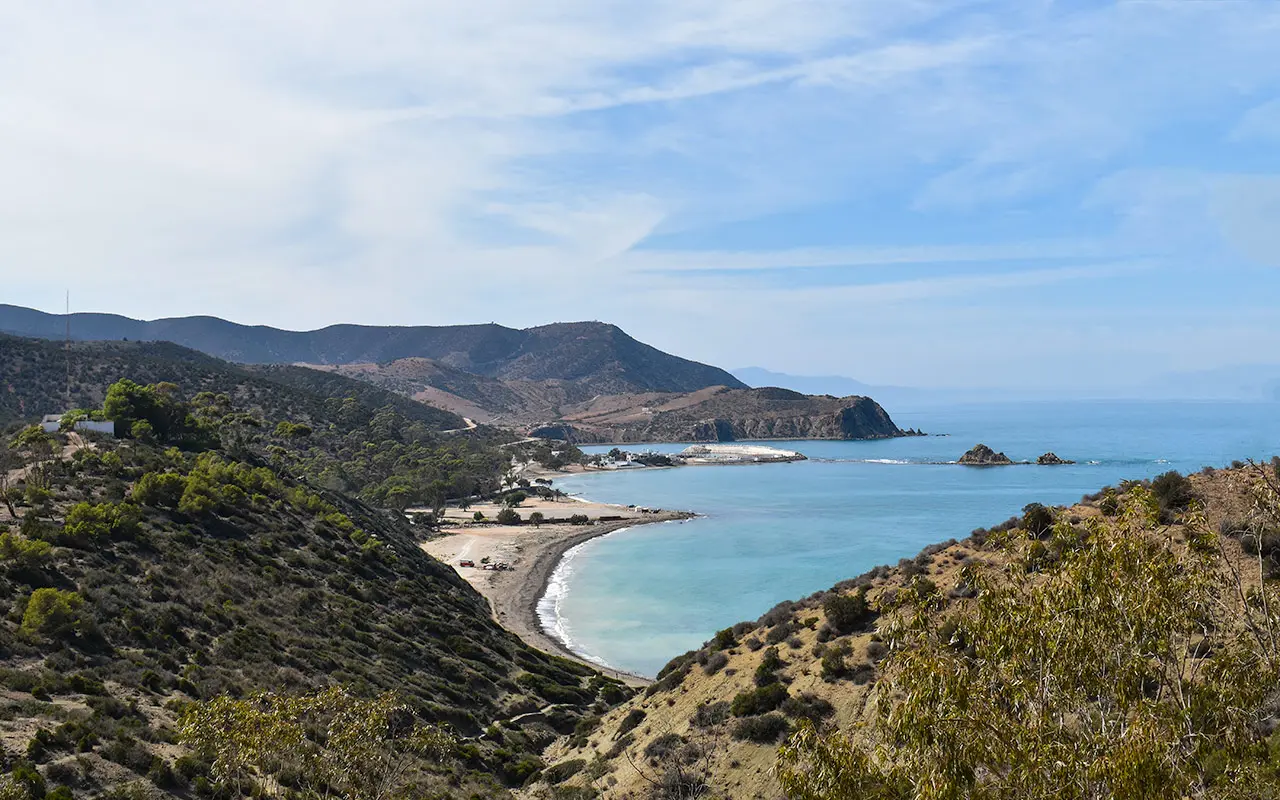

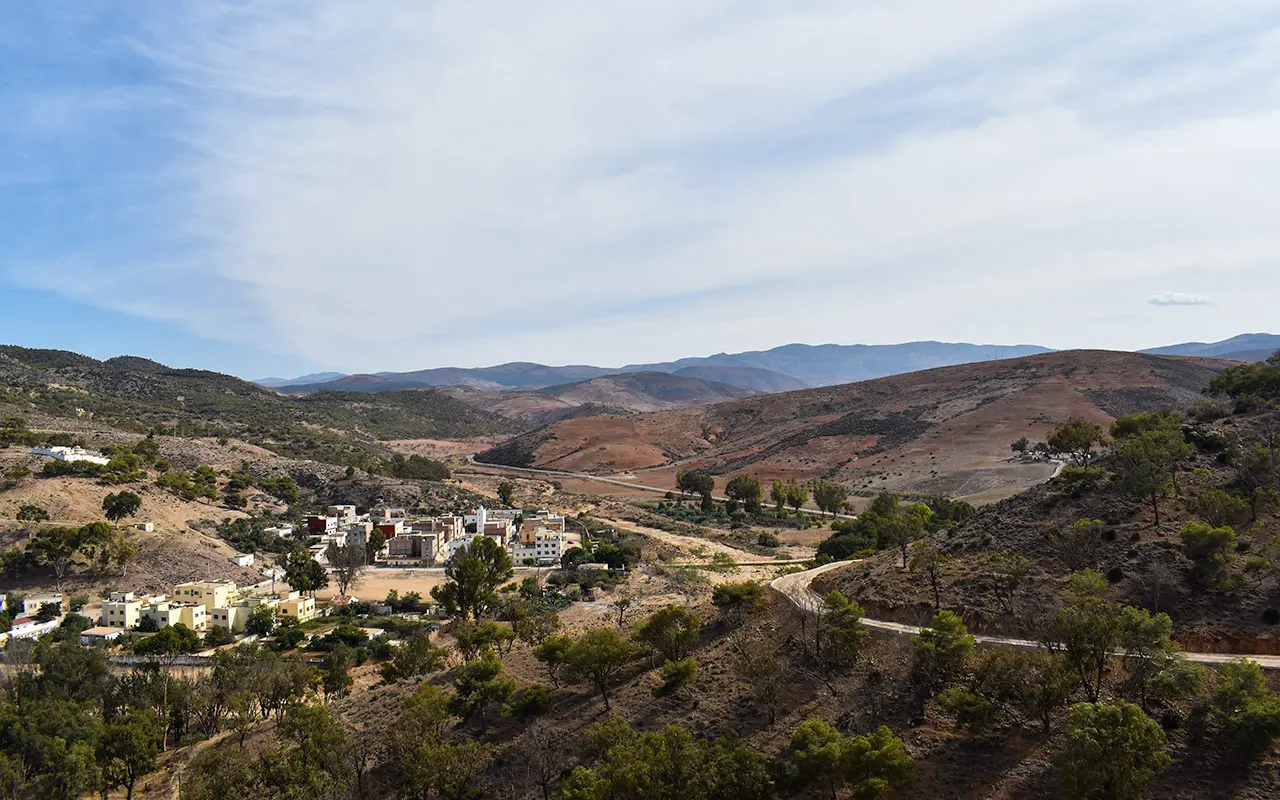

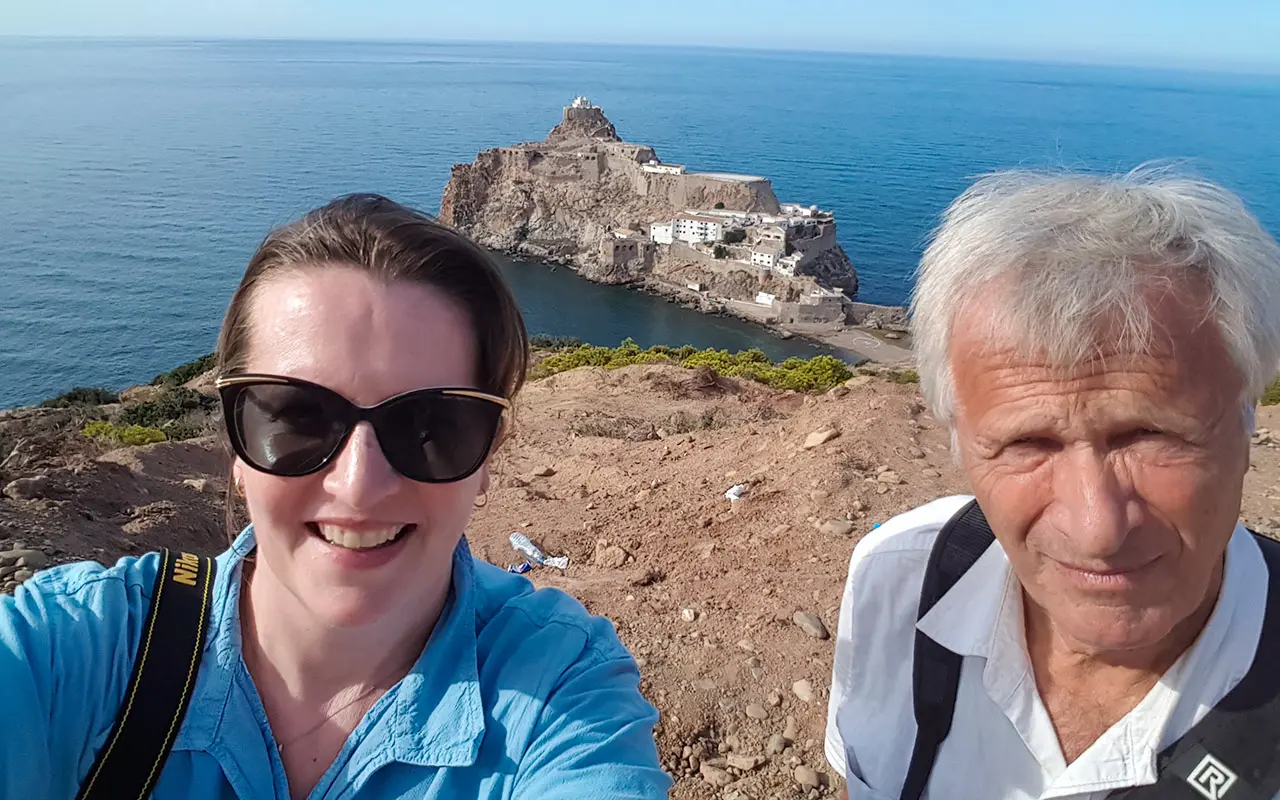
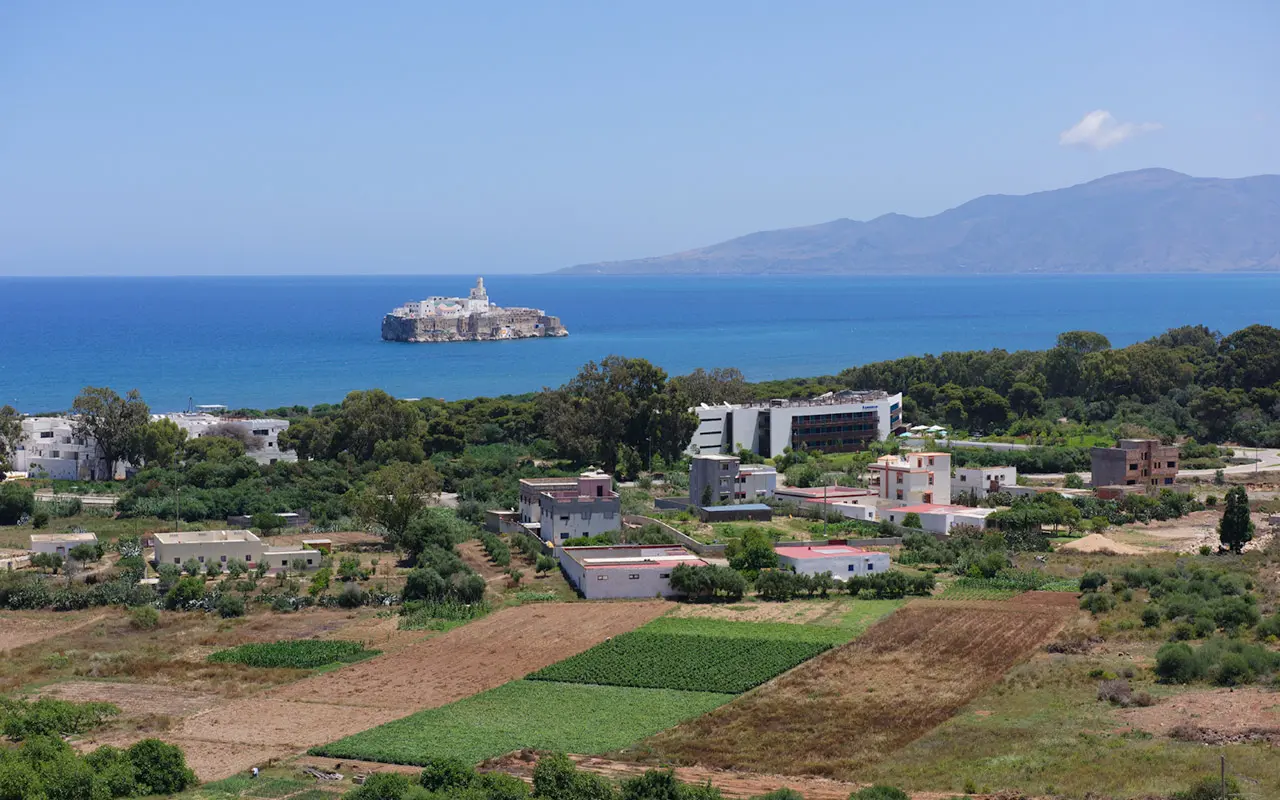

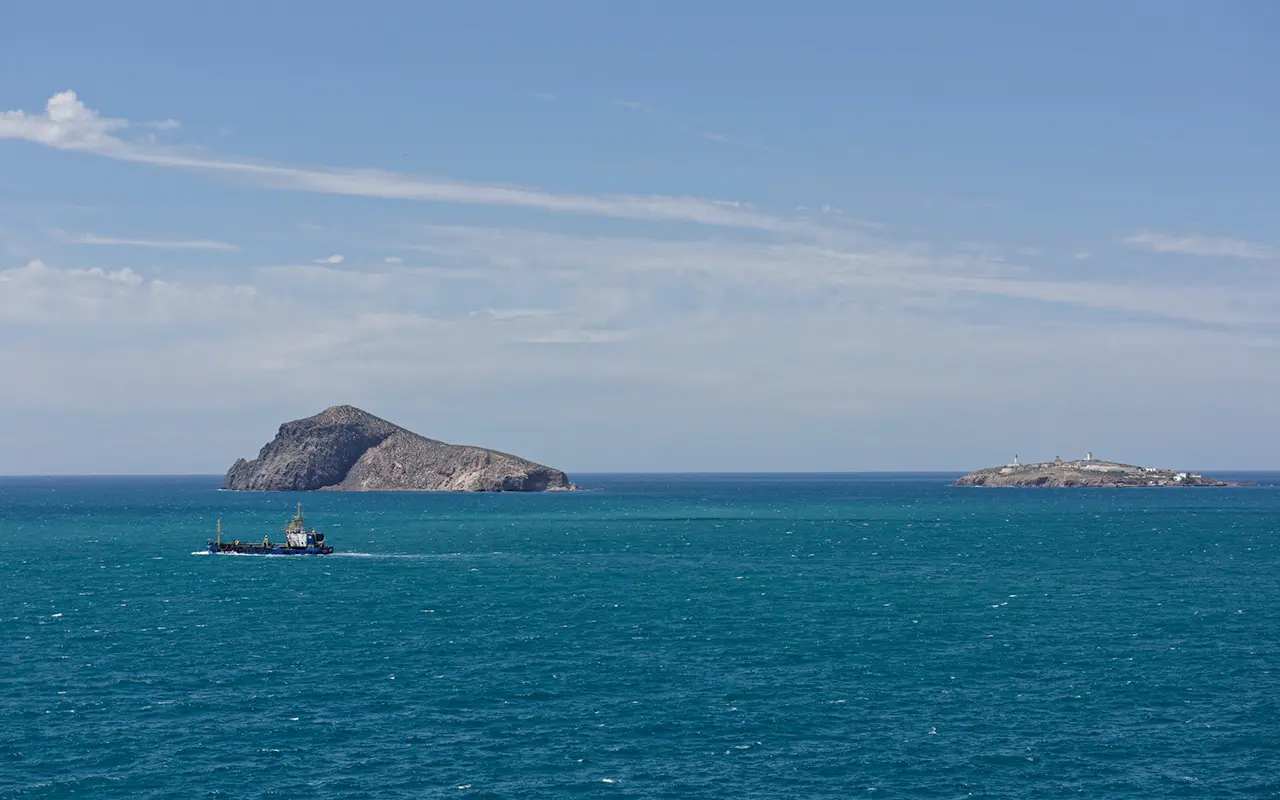
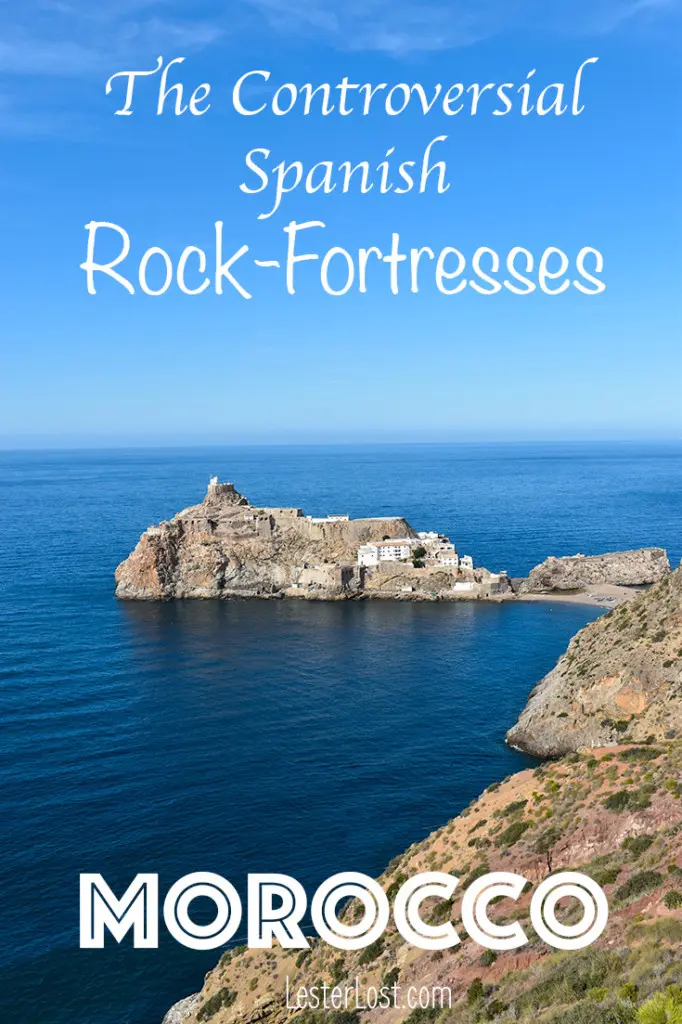
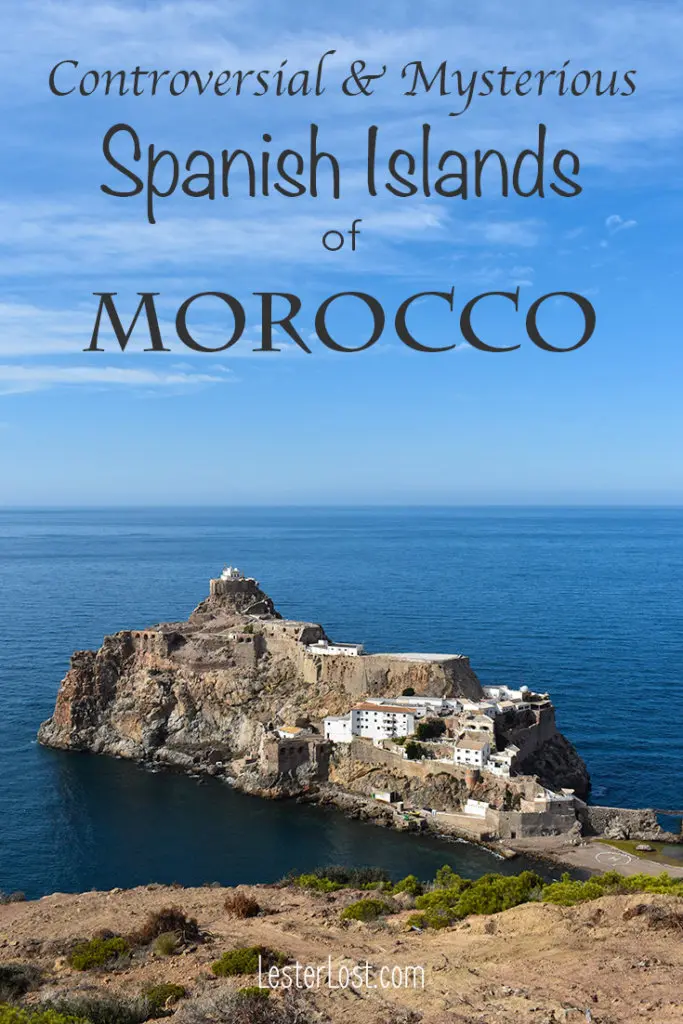
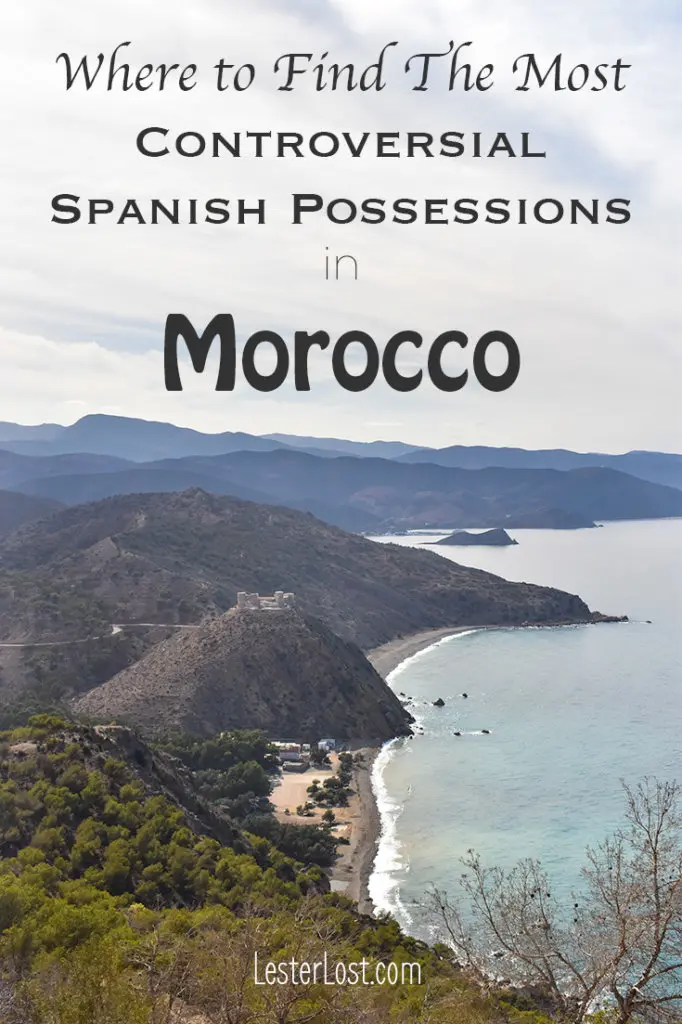
Thank you for sharing the info on these islands. The views are fabulous. Will add this to the list for a future Morocco visit!
Hi Jackie, apart for a certain mysterious feel, the islands look amazing from the coast. If you are ever in the area, it’s worth dropping by to have a look and watch what hasn’t changed since the 15th century!
Interesting read. I visited Tangier a few years ago and i loved it. I never knew about the Spanish influence though. Thanks for sharing.
Hi Kristina, I’m pleased you liked my post, I’m surprised you didn’t notice the spanish influene in a place like Tangier though…
Wow – so cool! I’ve never heard of these islands before. That’s super cool you got to get so close and see them! Thanks for sharing about these little-known islands 🙂
Hi Louise, the Penon Velez de la Gomerra is not easy to find but the sight of it is truly spectacular. Not many people know about these islands, it’s politically sensitive in Morocco. Maybe one day they will be returned to Morocco.
Never heard about this place. This is an interesting read. I am so curious about that place and would love to take a glimpse.
Hi Dawn, taking a glimpse of the Penon Velez de la Gomerra was pretty special, it feels so mysterious as there are no directions. I wonder how long Spain is going to keep them as there is virtually no use for them…
I am aware of the status of Ceuta and Melilla but never heard of the Spanish Islands of Morocco. Thanks for bringing these to our attention. Your photographs are pretty good as well.
Hi Hazel, the islands don’t get much publicity and some of them are not even signposted… It’s too sensitive for Spain and Morocco. It’s strange to think that these islands are still guarded by Spanish soldiers…
Wow, I did not know about any of this history, so it was fascinating to read. Isn’t Mother Nature incredible – turning the Penon Rock Fortress from an island to then being part of the mainland. I would have been terrified as well, driving along a 4WD-only road in a little car – sounds like the view at the end was worth it though. Now you have a great story to tell.
Hi Emma, I’m very glad I got to see the Penon as it’s actually quite hard to find. But that drive was a little too much. I’m grateful the road was dry but I really wouldn’t recommend it in wet weather, it was scary how the road just disappeared into the slope towards the beach…
Quite a cool, fascinating post! I had NO idea about these islands and wish I had prior to visiting Morocco last summer. I also found the Spanish influence in Chefchaouen but I loved it (as I have part Spanish heritage and I speak Spanish). I actually had to give our taxi driver directions in Spanish from Chefchaouen to Asilah because it was the only language I had in common with him. I’ve also been to the Canary Islands 9 times but that’s quite a bit different than these islands. Really cool find and now I want to go back to see them!
Hi Heather, I was a bit surprised that so many people in the north of Morocco spoke more Spanish than French. But it makes complete sense considering the history of the area. Tetouan is another interesting place in the Rif Mountains and it was the capital of Spanish Morocco until the independence in 1956. I had to ask for directions there and I could only rely on my very broken Spanish…
Another Spanish enclave in Morocco but these are the hardest to get to. I been to Morocco but not to the areas where Spain is located on the African mainland. However I seen on television the amount of migrants trying to get to these Spainish enclaves, climbing the walls etc and its just crazy! (that’s all I know about these areas). :O
Hi Danik, the spanish enclaves of Ceuta and Melilla are indeed threatened by the large numbers of migrants who try and scale the fences… It’s pointless though, I think Spain has made it legally impossible to claim asylum in Europe in these territories.
I took a boat from Spain to Morocco a few years ago and never even HEARD of these islands. That’s so cool!! Props to you for taking that road – not sure I would have had the guts!
Hi Pam, I also took the ferry from Spain to Morocco many years ago, but I don’t think you get to see the islands from there. If you take a drive along the North Coast, you can find them. Penon de la Gomerra is the only one that’s hard to see, the others are just off the beach.
Wow, this is quite cool!! I’d never heard about these islands until now, and now I want to go! They look so interesting & your photos make them look so beautiful 🙂 Will add this to the Morocco list right now.
Hi Sam, not many people know about these islands, it’s not possible to visit them. It’s a real curiosity to see them from the coast, and to think that they are still guarded by Spanish soldiers!
Going here sounds like quite the adventure. I am not one who likes to visit places that are controversial let alone hard to get to. I have seen so many posts on Morocco and this is the first one I’ve read that was different as I have not heard of these islands. Was it your idea or your fathers to visit here?
Hi Candy, my father came up with the idea, because he’d seen the other islands on previous trips to Morocco. I was a little hesitant when I saw the road and considering we only had a small car. In the end, it was one of the best things we did on that trip. Not many get to this place, or know that it’s there in the first place.
The islands are such an eye candy. It’s very unfortunate that some of those islands Spain is still unreasonably holding on to them even though they are practically within the Moroccan territory. They will certainly remain, along with Ceuta and Melilla, a boiling point in years to come.
Imagine if Santa Catalina or San Clemente Islands that are off LA coast were occupied by Mexico!
Thanks for the informative article and amazing photos.
Thanks Mike, I think Ceuta and Melilla will remain in Spain’s fold for a while, even though they are expensive to maintain and a subject of tension with Morocco. This is simply because there are existing communities so it will be difficult to remove them… I don’t understand why they are holding on to the rocks with nothing but a few army barracks… I can imagine that the US would never tolerate Mexican ownership of small islands off its coast…
I was not aware of Ceuta and Melilla. It would be really interesting to visit these place last time when I was in Spain, but never mind, there is always a next time. It is quite an adventure and the rock fortress actually looks very picturesque. Visiting the place for a day is not a bad idea at all.
Hi Shreya, the rock fortress is quite a sight from the coast, that’s for sure. It’s worth venturing into Morocco if you visit Ceuta or Melilla, you cross the border and it’s a totally different country.
Nice post! Never knew about these Spanish Islands off the coast of Morocco. It’s indeed a well-kept secret. But they are quite beautiful, though! Thanks for sharing.
Hi Paulien, those islands are really rocks off the coast. They’re not really liveable but some of them have a fortress inhabited by Spanish soldiers. I would love to see the helicopters fly in sometime!
What an adventure for you and your dad. That sounds like such an incredible experience. I have wanted to visit Morocco but haven’t yet, that water looks like you could dive right in. Thanks so much for sharing this.
Hi Alice, I have to say finding our way to view the Penon de la Gomerra from the coast felt like a real adventure. The beach is accessible but it was a much longer trek on foot. And we didn’t want to risk getting arrested… that’s what happens if you get too close to the Spanish Islands of Morocco!